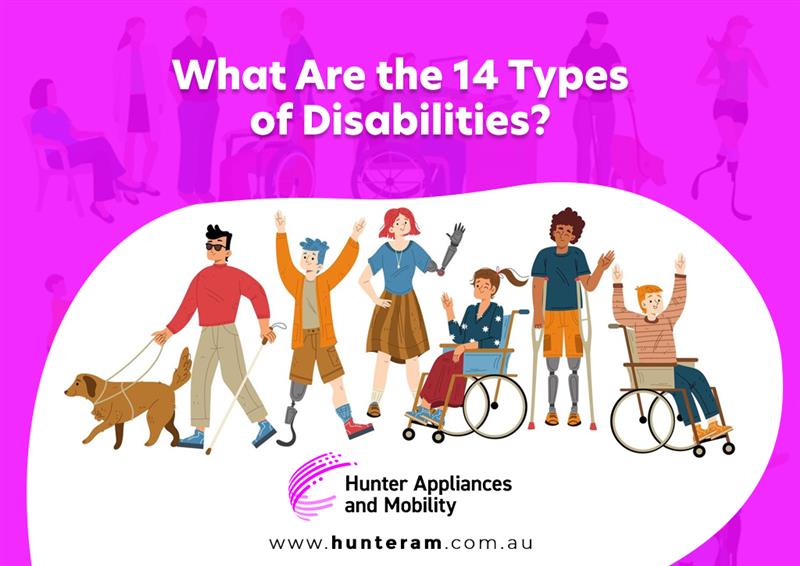What Are the 14 Types of Disabilities?
Author: Hunter Appliances and Mobility Date Posted:18 April 2025
Disabilities can affect how a person learns, communicates, moves, or interacts with the world around them. Some disabilities are visible, and others are hidden, but all deserve understanding and support. By recognizing the different types of disabilities, we can create inclusive, respectful, and empowering spaces in schools, workplaces, and communities.
Whether someone needs extra learning support, physical assistance, or help with emotional well-being, knowing the nature of their disability is the first step toward providing the care they need and deserve. Most people are not aware of the common types of disabilities. If you are also unaware, here are the most common types of disabilities you must know about:
1. Autism
Autism, or autism spectrum disorder (ASD), is a developmental condition that impacts communication, learning, interaction, and behavior. Individuals with ASD have different brain functioning compared to others. Signs of autism can appear in early childhood or later in life. It is not a medical condition and has no cure or specific treatments. If someone around you is autistic, consider providing them with sensory products that help improve their focus and attention and regulate their emotions.
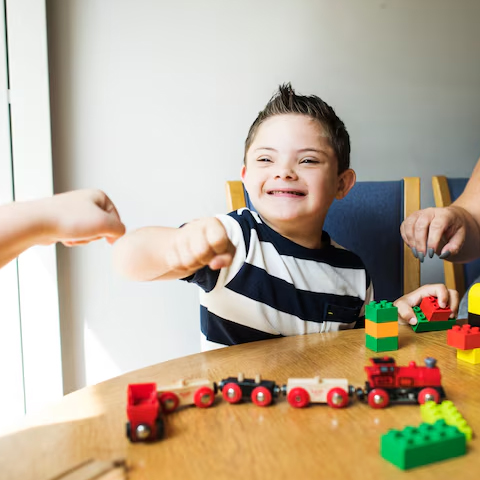
2. Intellectual Disability
Intellectual disability impacts the cognitive and adaptive functioning of an individual. Cognitive functioning includes learning, problem-solving, and judgment, whereas adaptive functioning focuses on communication skills and social participation. This condition affects about 1% of the global population and about 450,000 Australians.
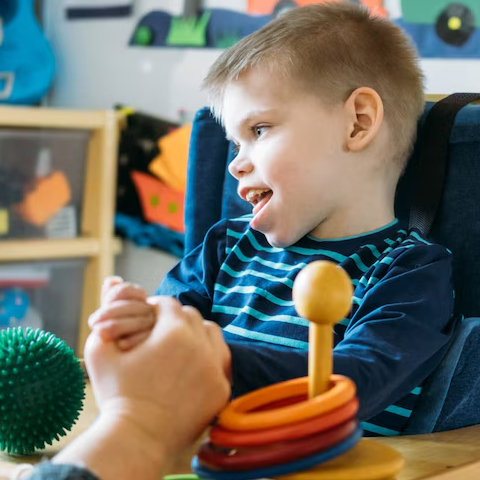
3. Emotional Disturbance
Emotional disturbance refers to mental health conditions that impact emotions, behavior, and relationships. This might include anxiety, fear, extreme sadness or anger, depression, or more complex disorders that impact how a person functions day-to-day.

4. Developmental Delay
Developmental delay is when a young child (usually under 7) is slower to reach milestones in areas like talking, walking, learning, or interacting. Some children catch up over time, while others may need longer-term support. This condition affects about 5-10% of children aged 0-8.
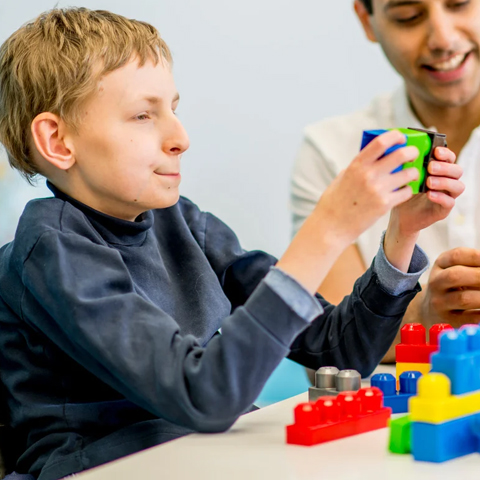
5. Multiple Disabilities
Multiple disabilities refers to having multiple significant disabilities, for example, someone with a physical and intellectual disability. Such conditions create complex support needs. If someone around you has multiple disabilities that affect their mobility, consider providing them mobility walking aids These mobility aids may improve their mobility.
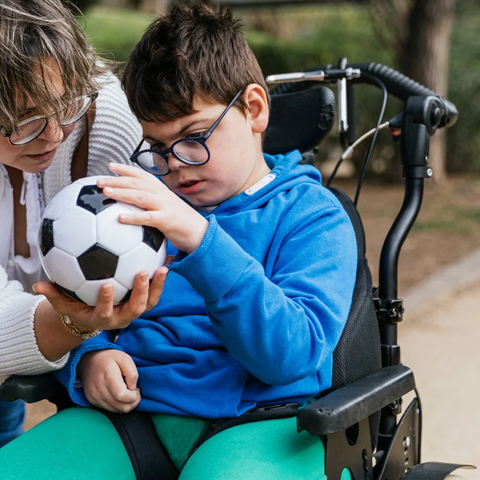
6. Hearing Impairment
Hearing impairment refers to a partial or full loss of hearing. It impacts communication, learning, and social interaction. Some individuals with hearing impairment use hearing aids, sign language, or other tools to help them connect with the people around them.
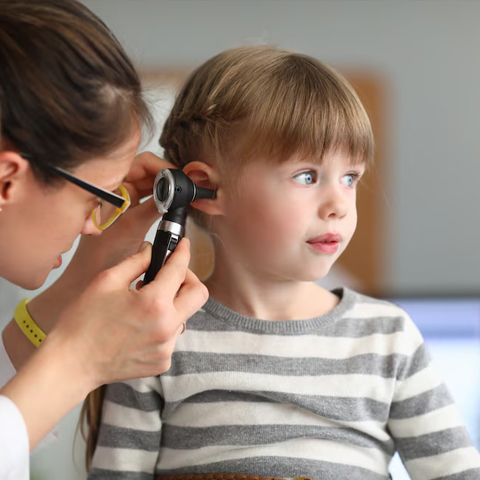
7. Orthopedic Impairment
An orthopedic impairment is a physical disability that affects movement or coordination. These conditions are often caused by muscular dystrophy, cerebral palsy, or injuries and can impact mobility, balance, and day-to-day tasks. However, with mobility aids, it is possible to achieve some level of freedom.
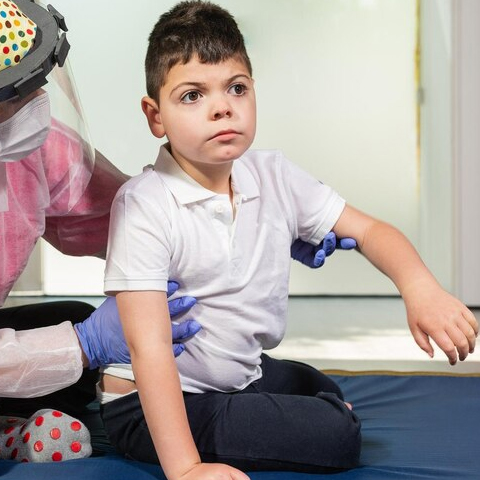
8. Visual Impairment
A loss of vision that cannot be corrected fully with glasses comes under visual impairment and can vary from low vision to total blindness. This condition can affect reading, mobility, or independence.
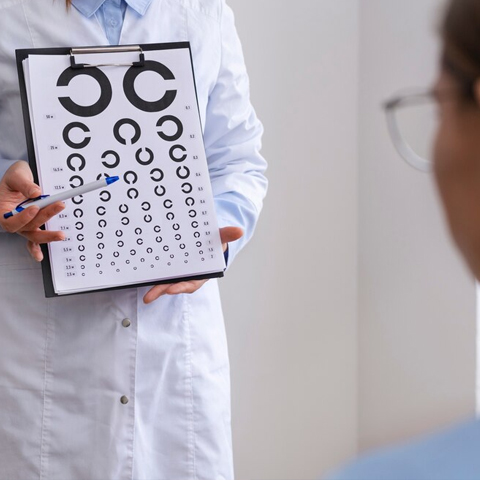
9. Traumatic Brain Injury
Traumatic brain injury is an injury to the brain caused by a sudden blow or jolt–often from accidents or falls. It can affect memory, concentration, movement, emotions, and more, depending on the severity.

10. Deaf-Blindness
It’s a combination of two disabilities, including hearing and vision loss. People with deaf-blindness face unique communication and mobility challenges and often have unique support and service requirements.
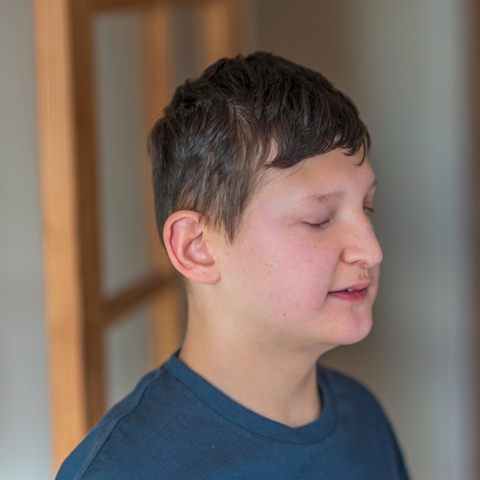
11. Specific Learning Disability
Conditions like dyslexia come under specific learning disabilities. People with specific learning disabilities often face difficulties in reading, writing, or maths–not due to lack of intelligence, but because their brain processes information in a different way. These learning challenges often continue into adulthood.

12. Speech or Language Impairment
Speech or language impairment refers to problems with speaking clearly, understanding language, or expressing thoughts. This may include stuttering, a limited vocabulary, or trouble forming sentences. Speech or language impairment problems can be seen in children as well as adults.
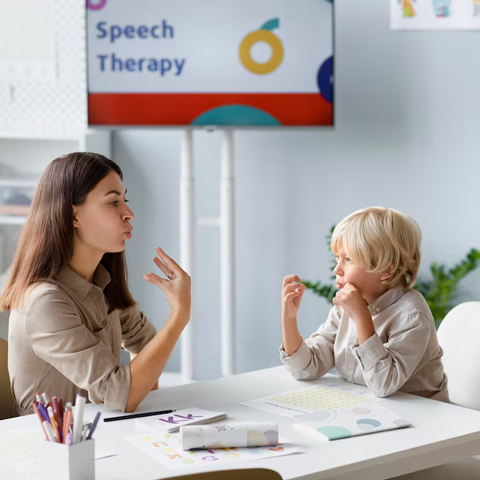
13. Neurological Disorder
Neurological disorders impact the brain and nervous system. Examples include epilepsy, multiple sclerosis, and Tourette syndrome. These can impact movement, communication, thinking, or emotional regulation.
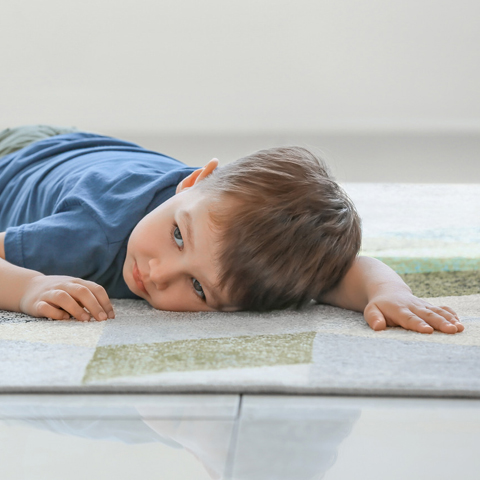
14. Other Health Impairments (including ADHD)
Disabilities are not limited to the conditions mentioned above. Many other health problems impact strength, energy, focus, or alertness. These conditions include chronic illnesses like epilepsy and diabetes and conditions like ADHD that affect attention and behavior.

On the Final Note
Learning about the most common types of disabilities is essential to providing a respectful space for the individuals affected. The most common types of disabilities include autism, intellectual disability, emotional disturbance, developmental delay, hearing impairment, orthopedic impairment, etc.
All the information regarding common disabilities can be found above in this blog. If someone around you has a disability that affects their mobility, consider providing them with a mobility aid that helps them regain their freedom.
Additionally, if you want to enhance senior care, don't miss the guide to choosing daily living aids for seniors — read this blog to learn how to choose the right dlas for seniors

